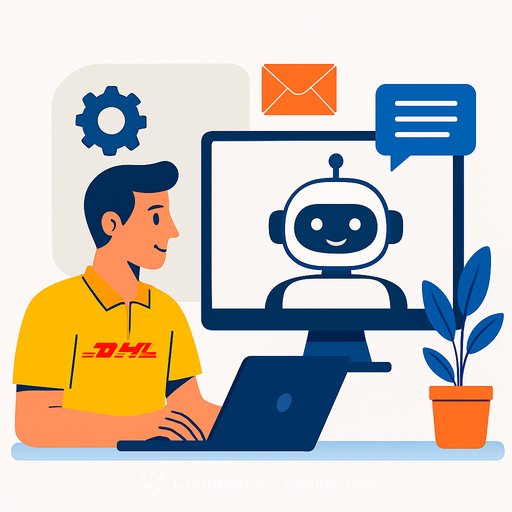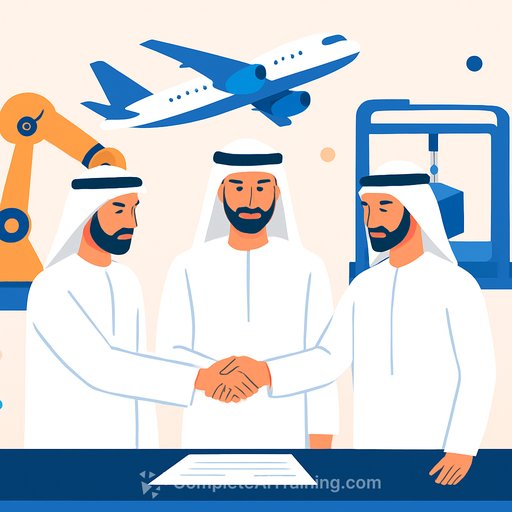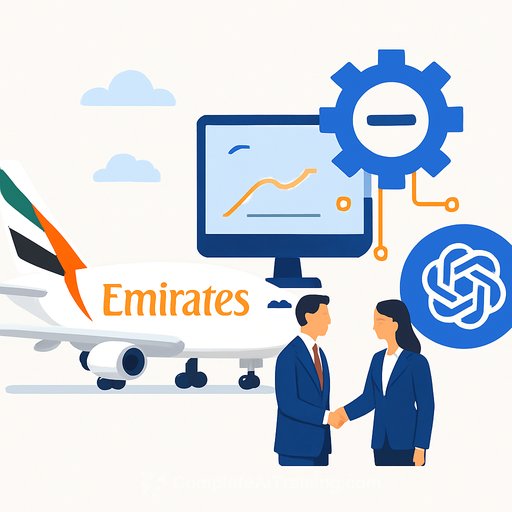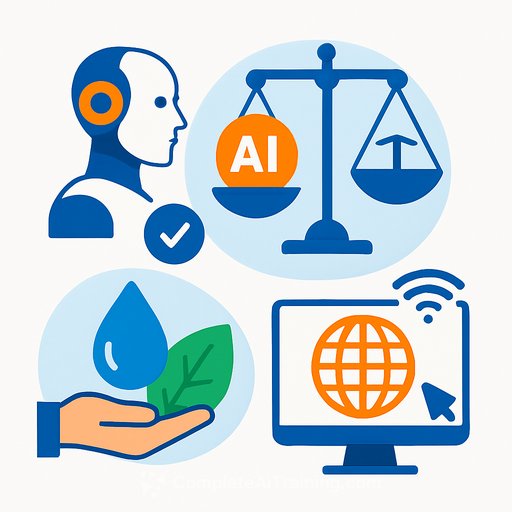DHL partners with HappyRobot to streamline routine ops with AI agents
DHL Supply Chain is deploying AI agents from HappyRobot to handle the high-volume, low-value communication that slows teams down. Appointment scheduling, driver follow-ups, and warehouse coordination now move faster across phone, email, and messaging-without adding headcount.
The aim is simple: free people from repetitive work, keep service consistent, and give ops leaders real speed and visibility across lanes.
Key takeaways
- AI agents automate routine communications globally, improving response times and consistency for customers.
- Hundreds of thousands of emails and millions of voice minutes are processed annually, shifting staff to higher-value work.
- AI functions as an operational layer for speed, visibility, and standardization across logistics workflows.
How it works inside the operation
AI agents handle appointment setting, check calls, and status updates end to end. They read and reply to emails, place and receive calls, and manage WhatsApp and SMS threads without waiting on a human prompt.
"By taking over repetitive tasks, AI gives our people the space to focus on higher-value work," said Sally Miller, CIO of DHL Supply Chain.
"Working with DHL Supply Chain has been fantastic," said Quili Peña, HappyRobot's Head of Strategy & Operations. "Their teams brought clarity, urgency, and real commitment to making this a reality."
Scale and safeguards
Over the last 18 months, DHL mapped where AI could make the biggest impact-from data entry to routine scheduling-and built around real volumes. These agents now process hundreds of thousands of emails and millions of voice minutes each year.
HappyRobot engineered the platform to work across email, WhatsApp, and SMS with guardrails to keep ops stable. "The DHL team understood very early the scale of enablement our platform brings to their organization. They were clear that they wanted a partner with state-of-the-art technology and infrastructure," said Yamil Mateo, Head of Product at HappyRobot.
Why this matters for operations
Faster responses reduce dwell, missed appointments, and avoidable exceptions. Standardized communication cuts errors and eases handoffs between sites, shifts, and partners.
There's also a clear people impact. "AI agents help our teams focus on meaningful work, improving both service for customers and satisfaction for employees," said Lindsay Bridges, EVP of Human Resources at DHL Supply Chain.
CEO of HappyRobot, Pablo Palafox, sees AI as an operational layer: "Too often, people are stuck maintaining systems and inboxes. DHL recognized early on the potential of AI agents as a new operating layer, bringing speed, visibility, and consistency to logistics."
A practical playbook for ops leaders
- Map volume: Identify top 5 repetitive comms flows (appointments, driver check-ins, ASN/PO updates, accessorial approvals, POD requests).
- Codify rules: Set clear SLAs, escalation paths, and exception codes. Keep it simple before expanding.
- Start narrow: Pilot with one lane, one site, or one customer. Prove response time and first-contact resolution gains.
- Integrate lightly: Begin with inboxes and phone lines; connect TMS/WMS after the process is stable.
- Measure weekly: Track response time, closure rate, error rate, customer satisfaction, and exceptions per 1,000 tickets.
- Scale with templates: Standardize playbooks for new sites and customers to cut onboarding time.
Metrics that matter
- Average response time and time-to-schedule
- First-contact resolution and rework rate
- Exception rate and avoidable accessorials
- On-time pickup/delivery impact by lane
- Employee NPS for impacted roles
What good looks like in 90 days
- 80%+ of routine communications handled autonomously with defined guardrails
- 30-60% faster response times on targeted flows
- Consistent playbook to roll out to the next site or customer without rebuilding
Context and next steps
DHL's approach shows a workable pattern: pick specific, repetitive workflows, add clear guardrails, then scale once the metrics hold. This is less about flashy demos and more about throughput, standardization, and making frontline work sustainable.
To see how a large-scale contract logistics operation is structured, visit DHL Supply Chain. For broader research on AI in operations, McKinsey's library is a useful starting point: Operations insights.
If you're planning an internal upskilling track for dispatch, warehouse coordination, or customer service teams, explore role-based options here: AI courses by job and automation resources here: Automation guides.
Your membership also unlocks:






